MSRP (*Base Edition)
Battery EV | MPV | 500KM
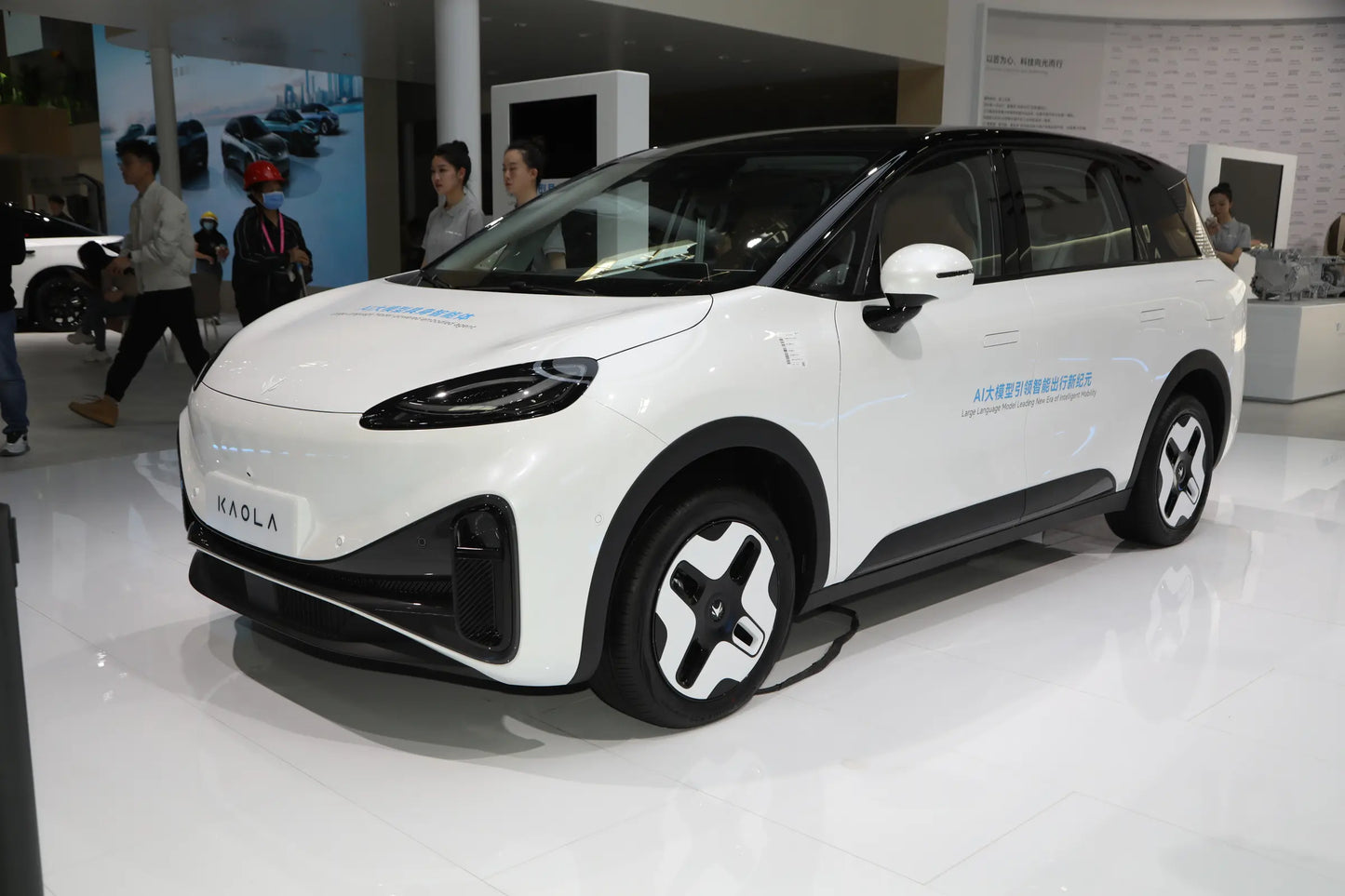
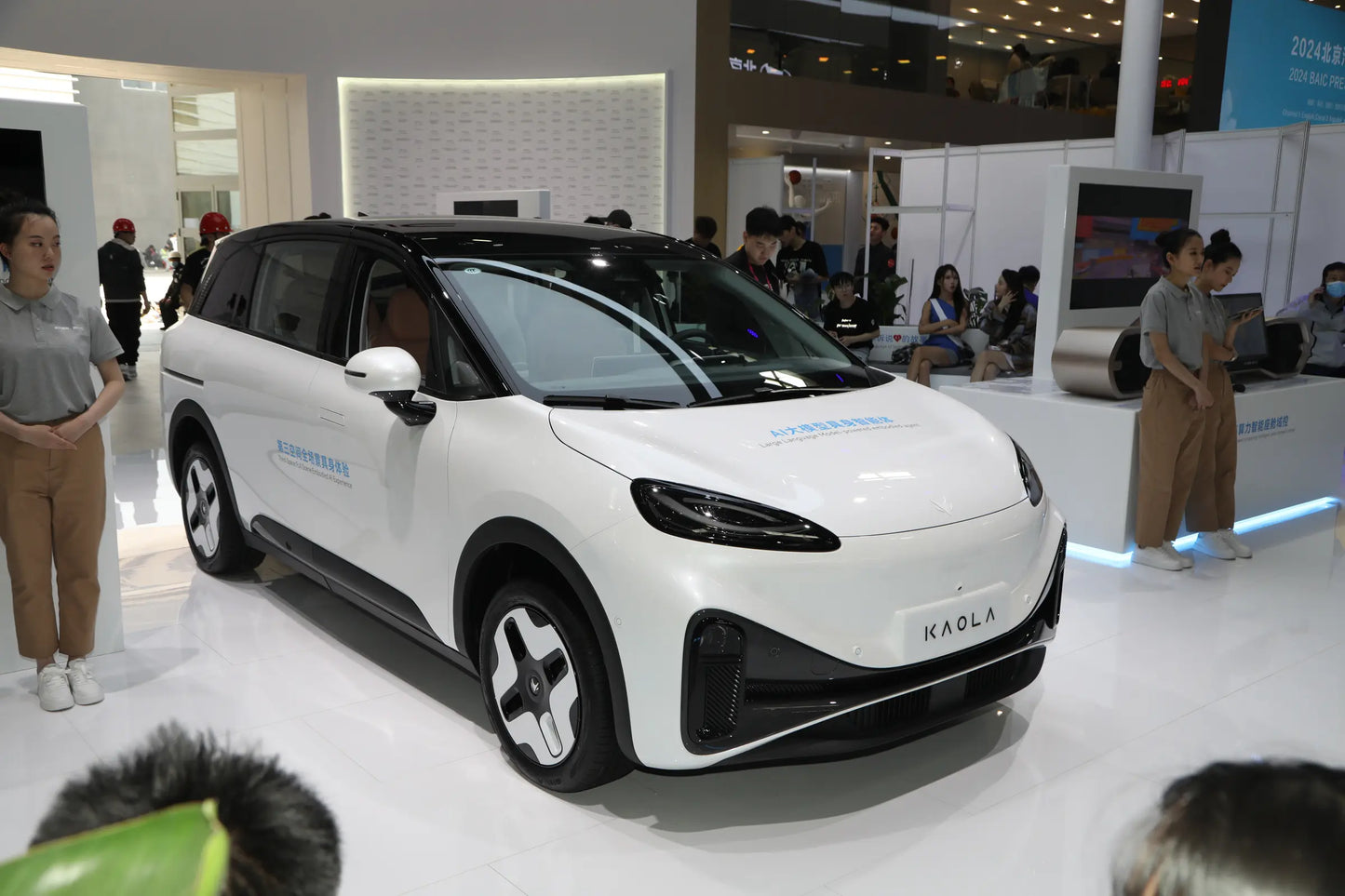
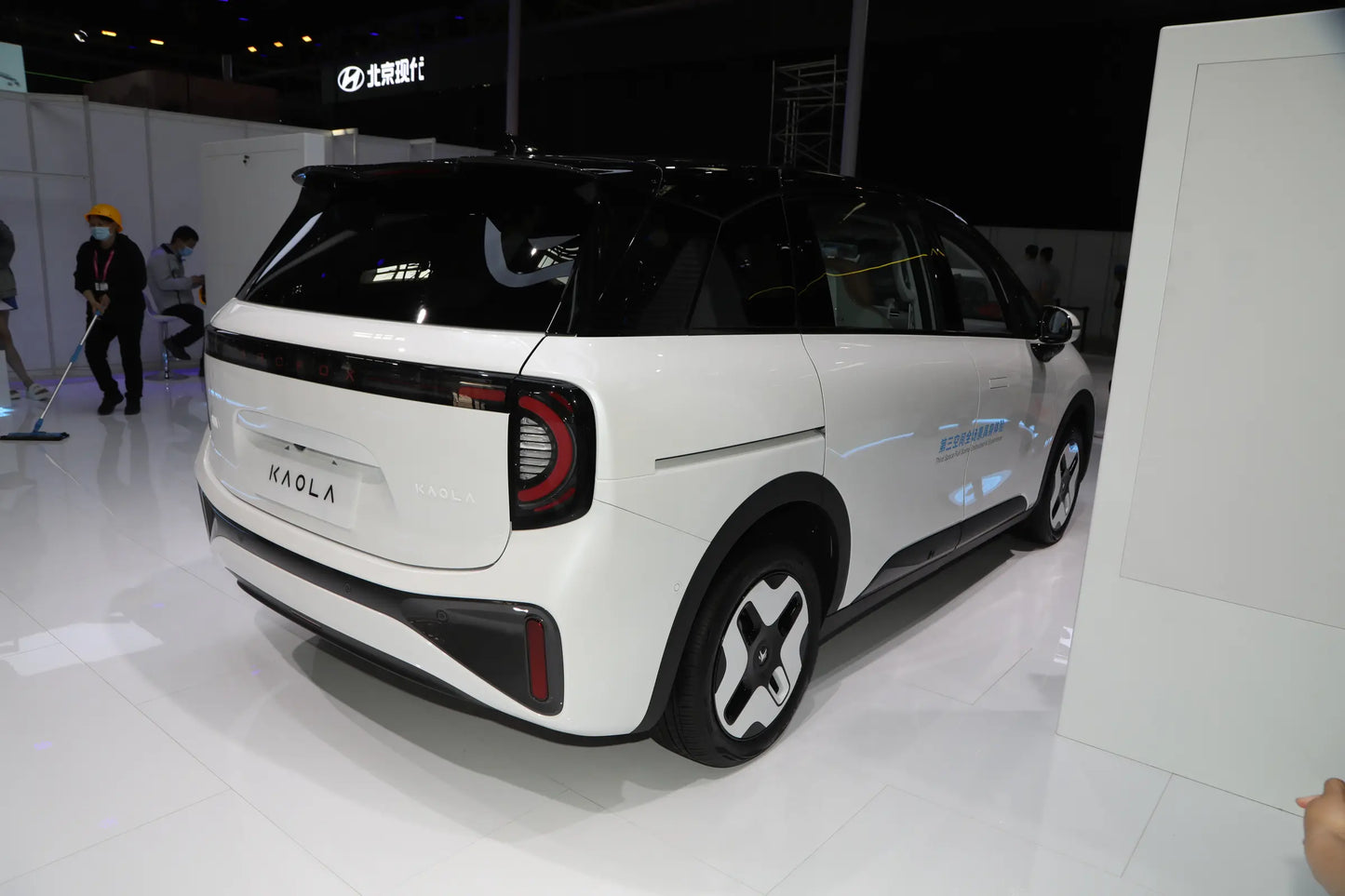
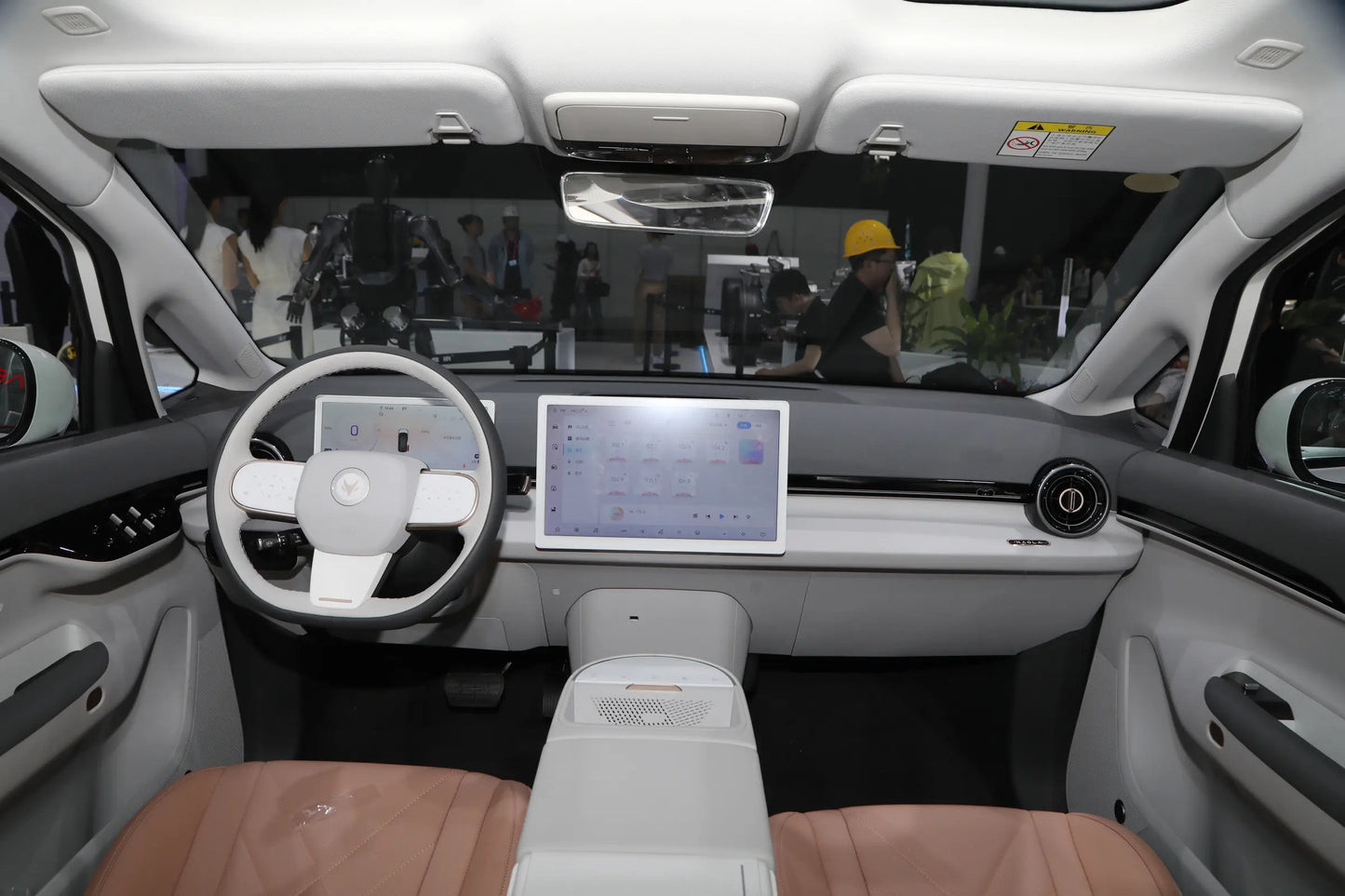
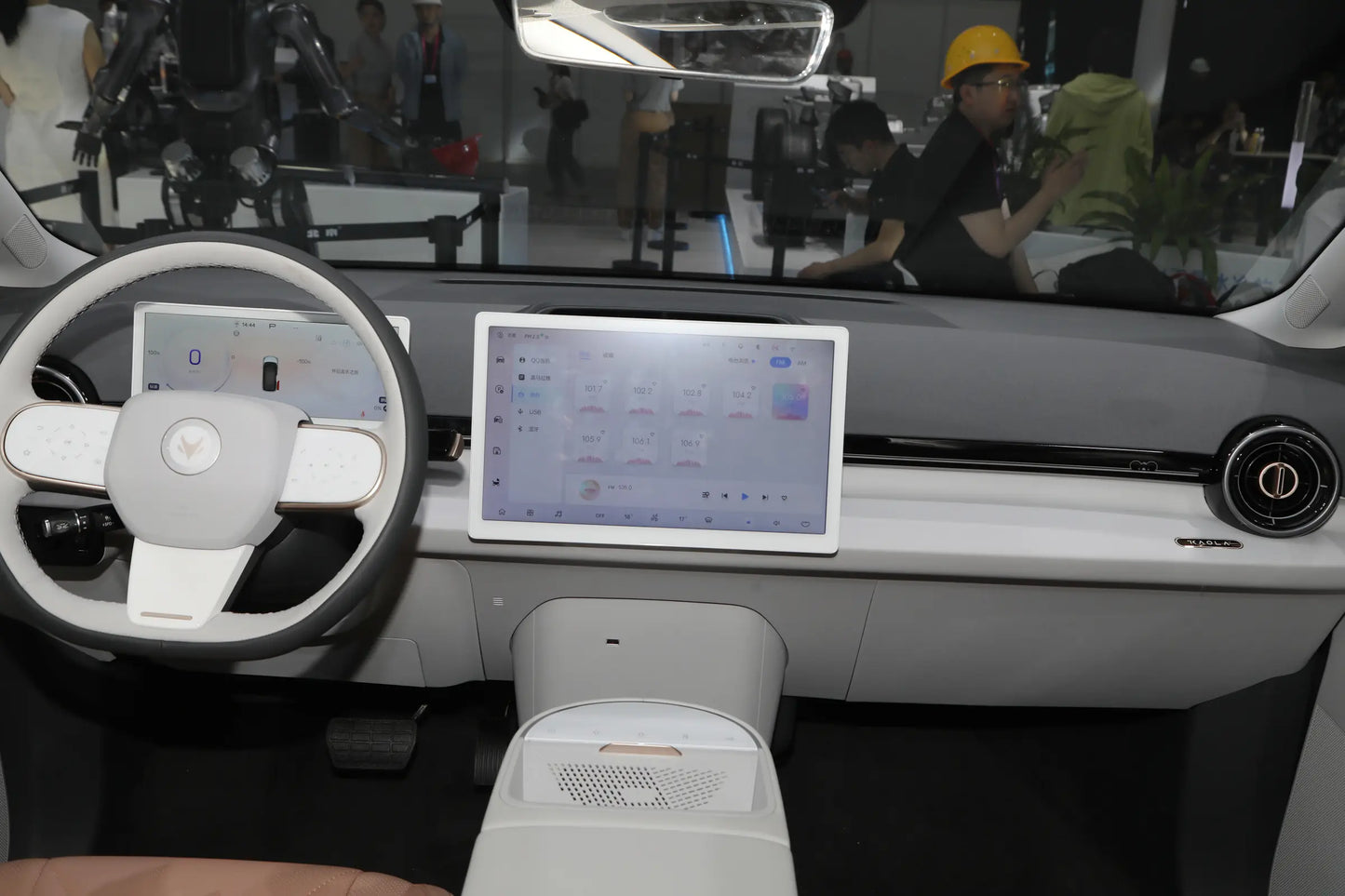
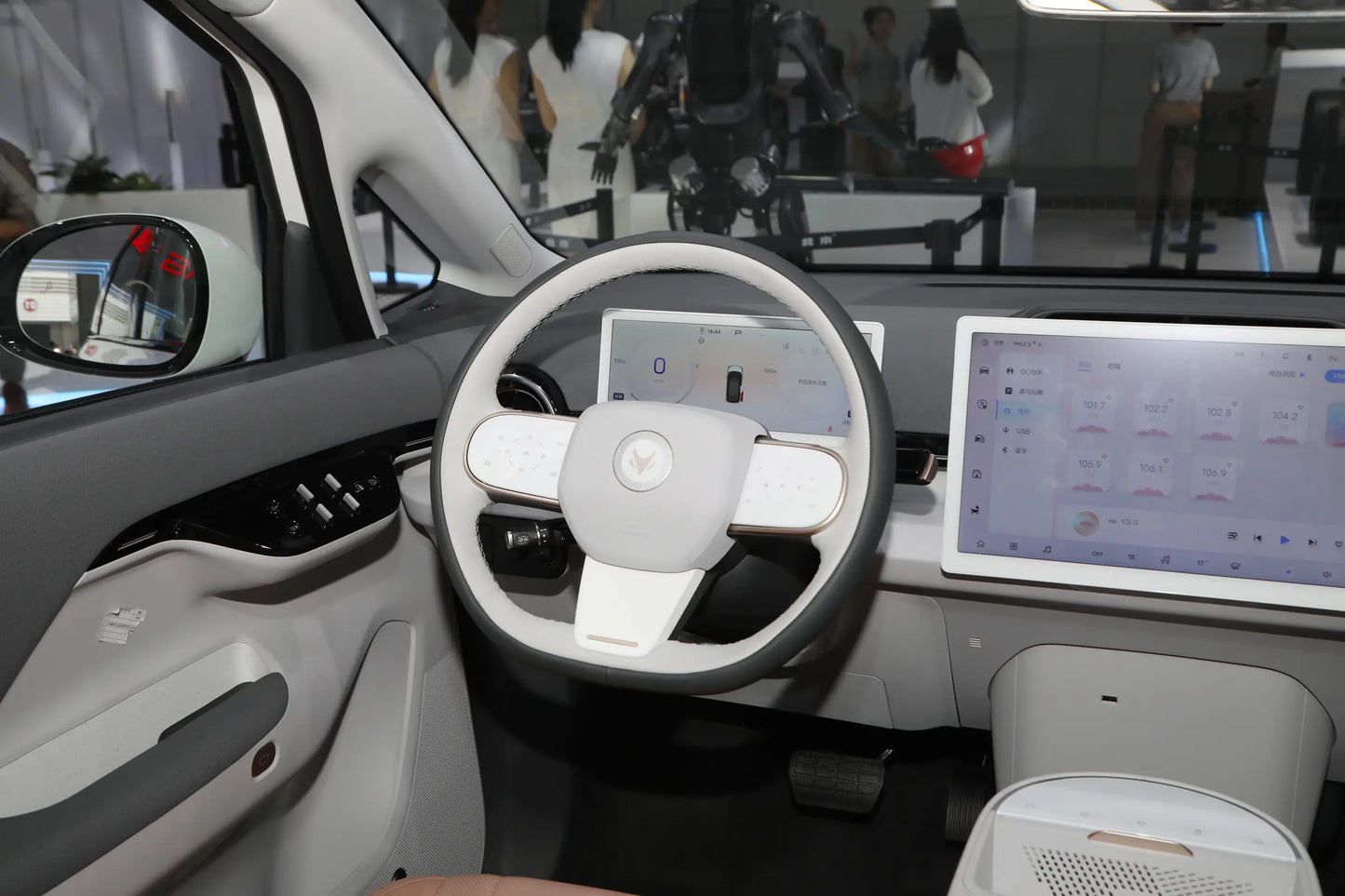
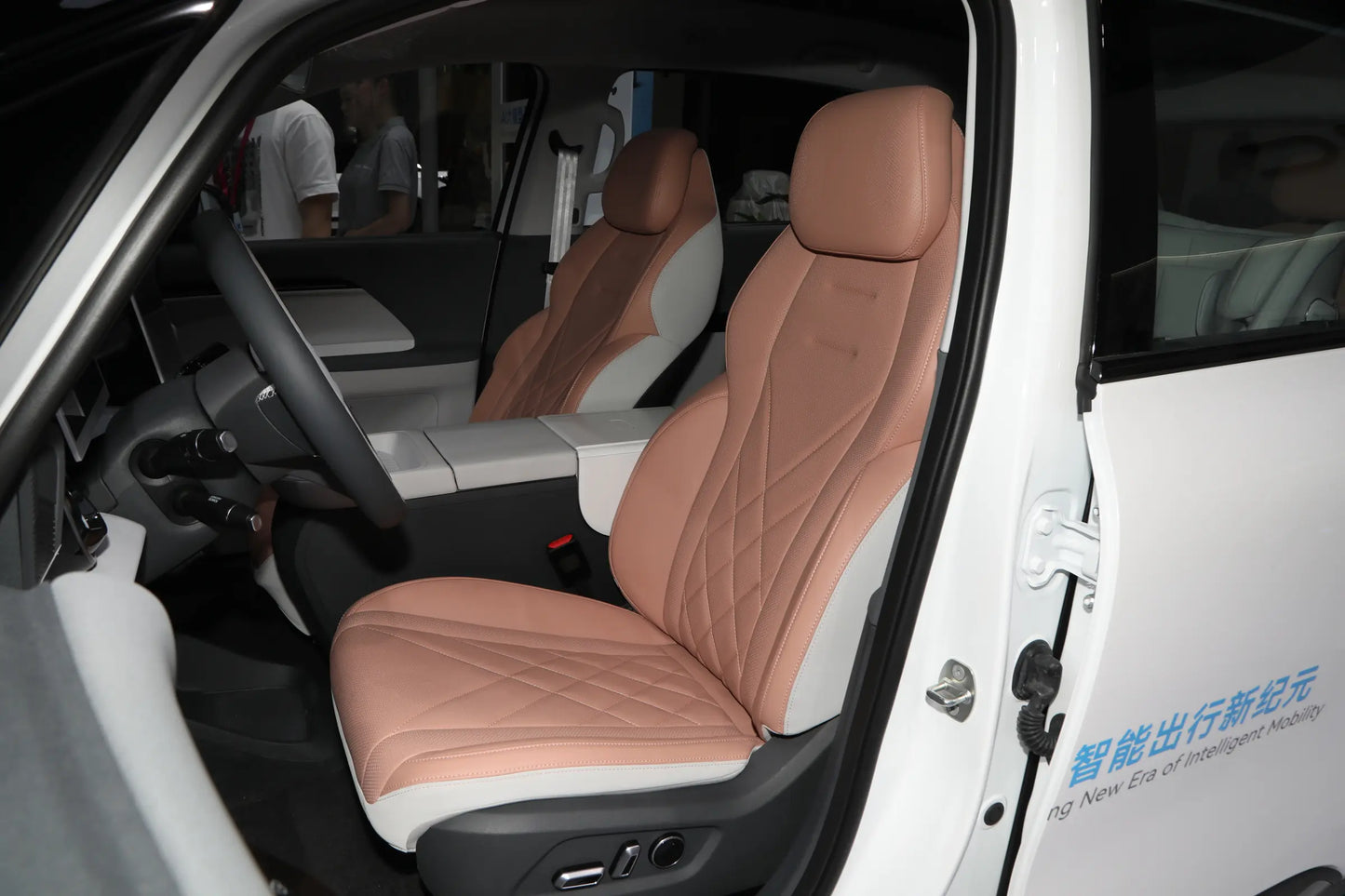
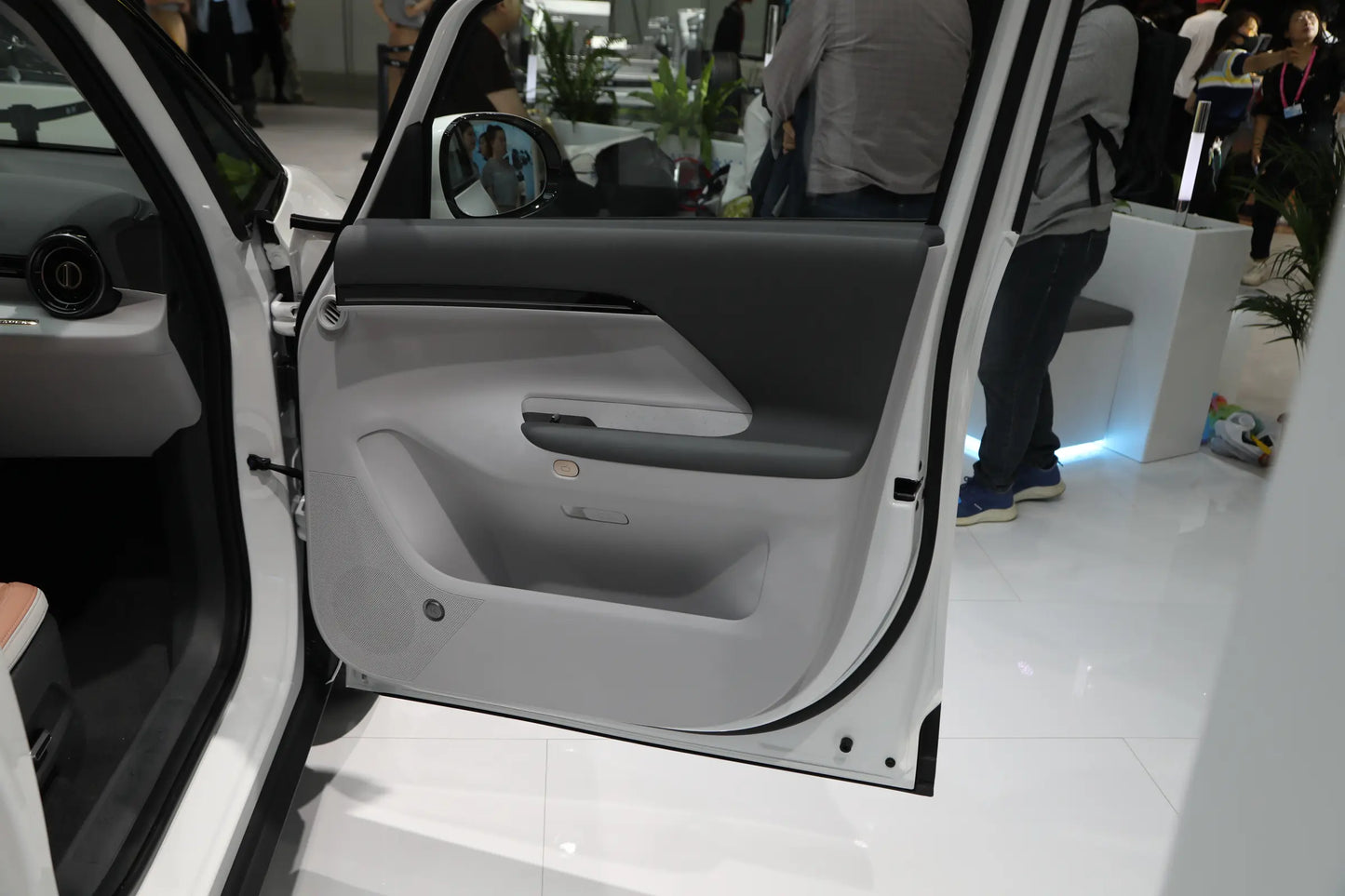
$13,475 USD
-
BrandBAIC
-
Vechile ClassMPV
-
Energy TypeBattery EV
-
Pure Electric Range(KM)500
-
Curb Weight (kg)1800
-
Battery Typelithium iron phosphate battery
-
Total Power of Motor (KW)120
-
Maximum Power(KW)120
-
Total Torque of Motor(N・m)240
-
Maximum Torque(N・m)700
-
Length x Width x Height(mm)4500x1870x1655
-
Official 0-100km/h Acceleration Time(s)/
-
Power Consumption(kWh/100km)12.9
-
Equivalent Fuel Consumption (Electricity)(L/100km)2016
-
Battery Capacity58.8 (kWh)
-
MaximumSpeed(km/h)/
-
Motor Layoutfront mounted motor
-
Transmissionsingle-speed transmission
-
IDev2509114
Panoramic Interiors
Video Manual
Authentic on-site shots for an immersive vehicle detail experience
Real Customer Reviews
Source: DCAR
Review A
¡¾Most Satisfied¡¿
What I'm most satisfied with is the electric sliding door of the Koala. The elderly in my family have difficulty moving their legs and need to be supported when getting in the car. The electric sliding door of the Koala is more convenient to open and close than ordinary doors, which makes it much easier for the elderly to get in and out of the car.
The independent seats are quite comfortable to sit on, and the softness and hardness are okay, but they are a bit stuffy.
There is no unpleasant smell in the interior. Since I picked up the car in March, I haven't smelled any odor in the car anyway.
¡¾Least Satisfied¡¿
The interior is a bit easy to get dirty, especially in the back row. When the kids sit in the car, they kick the front seats very dirty.
The seats get a bit hot when sitting on them, especially as the dog days are approaching recently. It's extremely hot. Even with the air - conditioner on, I still feel my butt getting hot. I still need to get a seat cushion.
¡¾Space Performance¡¿
I'm 173 cm tall and weigh about 70 kg. My wife is 169 cm tall and weighs about 60 kg. When we drive the Koala, there is plenty of space for our heads and legs. We can also sit comfortably in the back row.
The trunk space is okay and sufficient for family use.
Review B
In terms of the car's infotainment system:
I'm really impressed! In the past, fuel - powered cars hardly had a proper infotainment system; they were basically just simple music players. This one is like a tablet. It uses Amap for navigation, which is really good. I've always used Amap, and once I bound my account, the data was linked. QQ Music and Himalaya are also very convenient. It's really considerate that the VIP membership is universal, unlike some video memberships that vary across different terminals. I don't use BabyBus much, so I won't say more about it. The controls for the air - conditioning and rear - view mirrors are inside the system, but they're not very user - friendly. Sometimes, I have to ask the voice assistant to operate them. It's very convenient that I can directly search for functions I can't find.
In terms of space:
I'm 178 cm tall and weigh 180 kg. There's no pressure at all when I sit in the car. The interior space is comparable to my previous Ford Edge, and the back row is even more comfortable. Especially when the front - passenger seat is folded down, it's so comfortable for my wife. There's enough room for kids in the back row to move around. The trunk is also big enough to hold all kinds of small things. The only problem is the lack of storage space, like a glove box. Sometimes, I have nowhere to put my documents or change. I hope there will be a storage box available in the future.
The new car really has no smell. It's extremely comfortable. Especially when the outside air quality is poor, once I turn on the air - conditioning and set it to the internal circulation mode, I can immediately feel the change in the air.
Throttle and brakes: I've always used the default mode with 25% energy recovery and haven't used the single - pedal mode (I really can't get used to it. I'm wondering: does the brake light come on when releasing the accelerator in the single - pedal mode?). The acceleration of the throttle is very linear, and the brakes are also good. However, the last small section (about one - tenth) when coming to a stop is quite sudden and takes some getting used to. Maybe it's related to the assisted - driving system? I'm not sure.
Assisted driving: To be honest, I don't know how to use it! I'm completely lost. I can't figure out things like automatic following and adaptive cruise control. But it does give warnings. Once, there was someone behind and to the side while I was reversing. I saw the person, and they turned around and walked away right away. Then the car suddenly stopped on its own! There's no doubt that it's very safe.
Review C
It's been almost exactly one year since I bought the Koala (White Family Pro 4-seater version) on June 18, 2024, and I've also driven 15,000 km. I've gained some insights and would like to share them with you.
I. First, let me report on the energy consumption. Currently, the average energy consumption for the whole journey is 17 kWh per 100 km.
1. For daily commuting, the one-way commute is 40 km, with 50% on provincial roads and 50% on urban roads.
In winter, when all comfort features are turned on, the average energy consumption is 20 kWh per 100 km.
In spring and autumn, when only the ventilation is on without the AC, the average energy consumption is 12 kWh per 100 km.
In summer, with the air - conditioning set at 22 - 24 degrees, the average energy consumption is 14 kWh per 100 km.
Recently, I've been obsessed with the single - pedal mode. With the air - conditioning at 22 - 24 degrees, the average energy consumption is a bit over 12.5 kWh per 100 km, not exceeding 13 kWh per 100 km.
When fully charged, the dynamic range shown on the meter is generally around 450 km. I'm going to practice my driving skills and aim to get the dynamic range above 500 km, but I feel there's not much room for improvement.
2. Energy consumption on the highway.
In summer, with the air - conditioning at 22 - 24 degrees, when the speedometer shows 100 km/h, the energy consumption is about 17 kWh per 100 km; when it shows 110 km/h, the energy consumption is about 18.5 kWh per 100 km; when it shows 120 km/h, the energy consumption is about 21 kWh per 100 km.
In winter, with the air - conditioning at 26 degrees, when the speedometer shows 100 km/h, the energy consumption is about 19 kWh per 100 km; when it shows 110 km/h, the energy consumption is 23 kWh per 100 km; when it shows 120 km/h, the energy consumption is about 25 kWh per 100 km.
3. Charging experience
There are two pure - electric cars at home, both from ARCFOX, sharing one charging pile.
The charging pile (7 kW) was installed in January 2025. As of now (June 6), the total charging amount is 1555 kWh.
Since the home charging pile doesn't have time - of - use electricity pricing and the cost is fixed at 0.7 yuan per kWh, I usually combine free charging at the workplace (the 7 - kW pile there often breaks down), using off - peak charging at external fast - charging piles at noon, and home charging.
There's no need to mention the charging speed of the 7 - kW pile. It can definitely be fully charged overnight.
For external fast - charging piles, the daily charging power usually fluctuates around 95 kW. Occasionally, I've encountered a few relatively new piles that can reach 110 kW. It takes about 45 minutes on average to charge from 20% to 85%, which is not as slow as I thought.

Who‘s ZEEX AUTO?
We have been deeply rooted in the Chinese automotive market for many years. We can help you find cheap cars (both new and used cars), and possess comprehensive compliance capabilities for automobile exports. If you wish to import a Chinese car, please feel free to contact us.









